August Madness? A statistical look at the U.S. Amateur bracket
8/11/2020 | by AmateurGolf.com Staff
see also: U.S. Amateur, a USGA Championship, Merion Golf Club - East Course
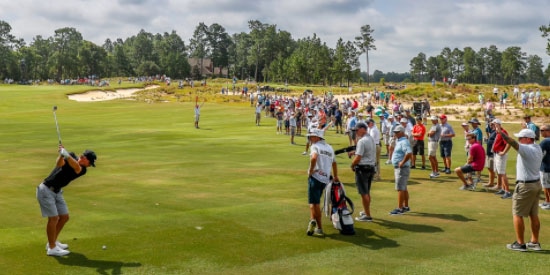
David Tenneson takes a historical look at the data to see how match play seeding affects how far players advance
The 120th iteration of the U.S. Amateur is being played at the Bandon Dunes Resort on the Oregon coast. First played in 1895, the USGA’s oldest championship has gone through a number of format changes. Since 1979, this week-long event has featured a mix of stroke play and match play in order to crown a champion from a field of over 300 of the world’s best male amateur players.
The first stage of the event consists of two stroke play rounds, and there is typically a sudden-death playoff conducted on the morning of the third day to narrow the field into a match play bracket of exactly 64 players.
There’s something uniquely thrilling about the idea of a bracketed tournament, for spectators as much as the competitors themselves. Survive and advance, as the saying goes.
Still, it is possible to apply some of the same statistical analysis methods used on college basketball data to draw some potentially relevant trends from past U.S. Amateur results.
Analyzing historical U.S. Amateur match play brackets
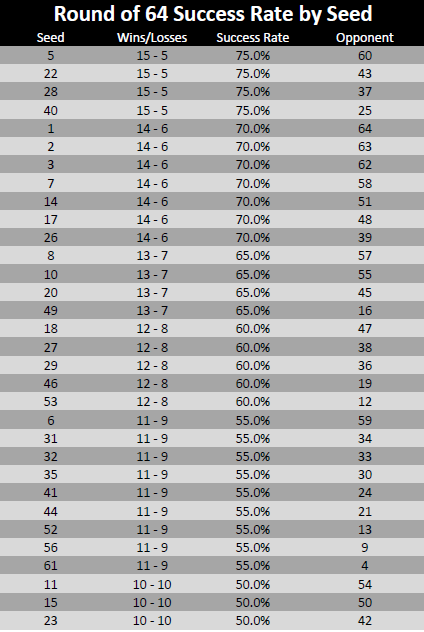
You might be thinking the data looks different when organized as seeds 1-64 instead of the beloved basketball-style bracket regions (with four regions of 1-16 seeds). With that in mind, what follows is the same dataset with the U.S. Am seeds adjusted to the 1-16 numbering basketball fans are used to seeing.
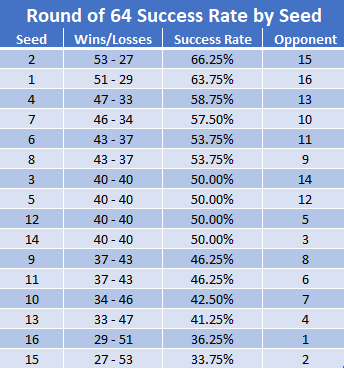
After examining the first round U.S. Amateur results, we can then expand this notion all the way to the Finals match. The tables below show the probability of advancing to each round for all 64 seeds. One area to focus on is the rounds in which each seed has struggled. For example, the #5 seed, which is one of the most successful in the first round, has struggled to pass beyond the Round of 32.
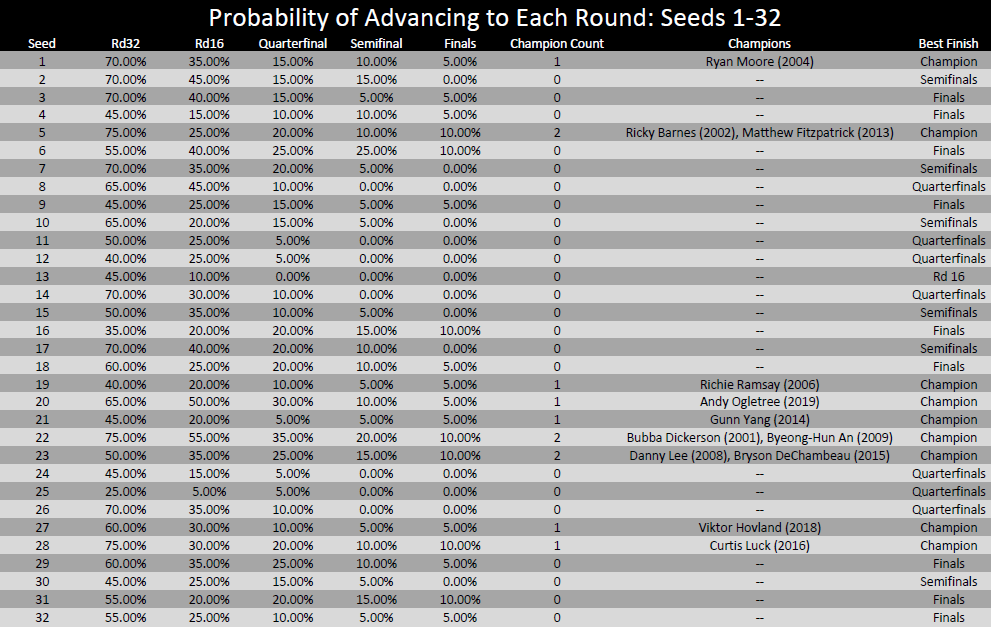
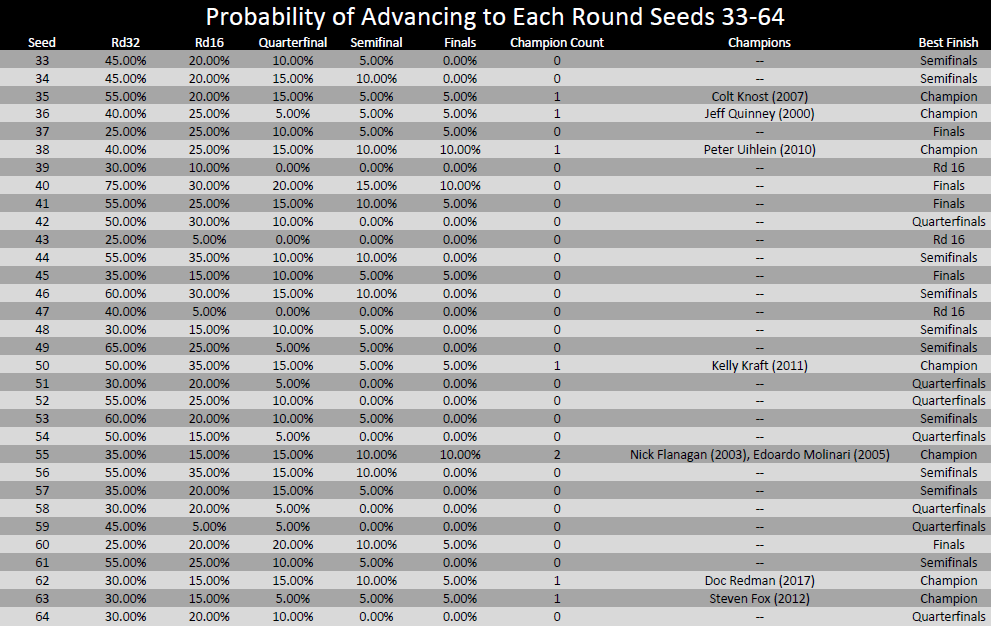
It is interesting to note that in the last 20 U.S. Amateurs, only three times has any of the top 18 match play seeds gone on to win. But look at seeds 19-38, where 12 of the 20 past champions were seeded, comfortably in the middle of the bracket.
The #1 seed doesn't seem to provide any assurances after the first round (or maybe two) of match play, although the "medalist jinx" (losing in the first match) doesn't seem to be a thing either. The one #1 seed to win in the last 20 years was Ryan Moore, who also won the NCAA Championship, U.S. Public Links, Western, and Sahalee Players championships that year (2004). Perhaps the most surprising thing of all is the fact that the bottom seeds have yielded two champions. In fact, the bottom four seeds have been more successful in the Finals match than the top four seeds, going 2/2 compared the 1/3 success rate of the top seeds. That is some excitement that college basketball fans are statistically likely to never see.
So what does it all mean? Potentially nothing! We just don’t have enough data here to draw any meaningful conclusions. Even with all match play results dating back to the format change in 1979 (or even further), the whole “past performance is no guarantee of future results” adage is still a thing. We can see that there are some statistically-relevant takeaways from looking at the historical records, but no golfer is sitting over a 15 foot birdie putt to extend the match thinking “well I was 17% more likely to win this match based on my seeding, so this putt is 17% more likely to go in.”
In reality, players that make the stroke play cut aren’t usually worried about their seeding and potential match play path. In the end, all that matters is surviving and advancing until the Havemeyer Trophy is in hand.
About the US Amateur
The U.S. Amateur, the oldest USGA championship, was first played in 1895 at Newport Golf Club in Rhode Island. The event, which has no age restriction, is open to those with a Handicap Index of .4 (point four) or lower. It is one of 15 national champ...
Most Popular Articles
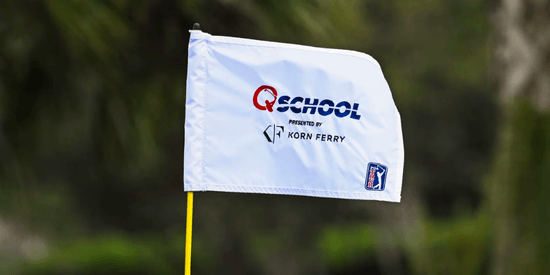
2025 PGA TOUR Q-School Guide: Sites, Scores, and Who Advanced
Dec 5, 2025Second Stage is complete and Final Stage awaits at Sawgrass — follow every Q-School leaderboard and the players still chasing
2025 LPGA TOUR Q-Series: Final Qualifying Stage FINAL SCORING
Dec 8, 2025Helen Briem earns medalist honors, 31 players headed to the LPGA next year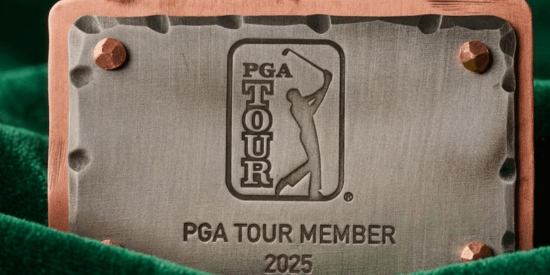
2025 PGA TOUR Q-School Final Stage: Ewart Leads Five New TOUR Card Winners
Dec 14, 2025A.J. Ewart topped Final Stage at TPC Sawgrass, leading five players who secured PGA TOUR membership for 2026.
Australian Open at Royal Melbourne: Preview, amateur bios, and how to watch
Nov 30, 2025Rory McIlroy headlines one of the championship's top fields in years - at least four amateurs will have their chance at gloryInside Gil Hanse’s Restoration of Baltusrol’s Upper Course: A Return to Tillinghast’s
Dec 11, 2025Renowned architect Gil Hanse reveals how he brought Baltusrol’s Upper Course back to life by honoring A.W. Tillinghast’s original